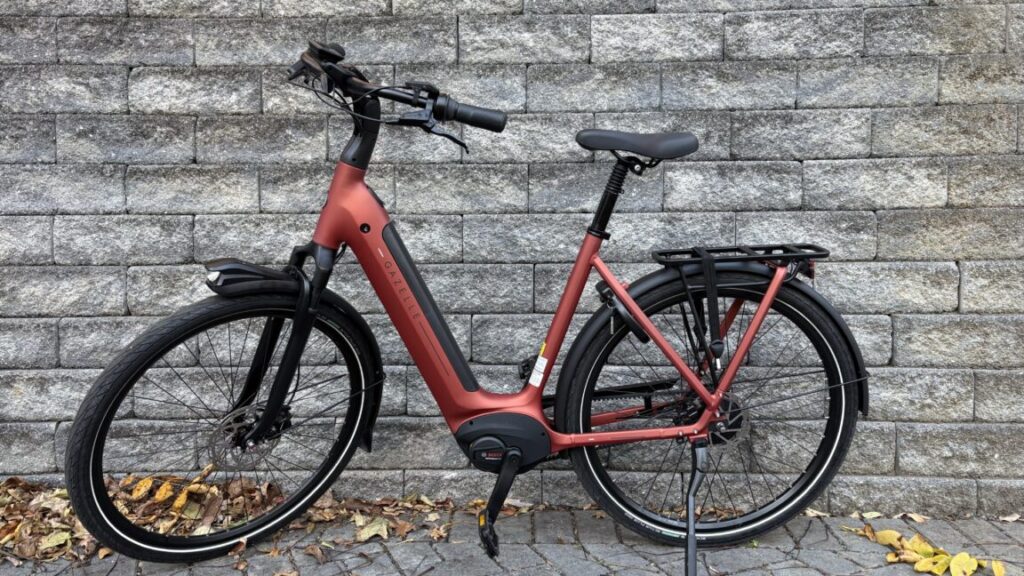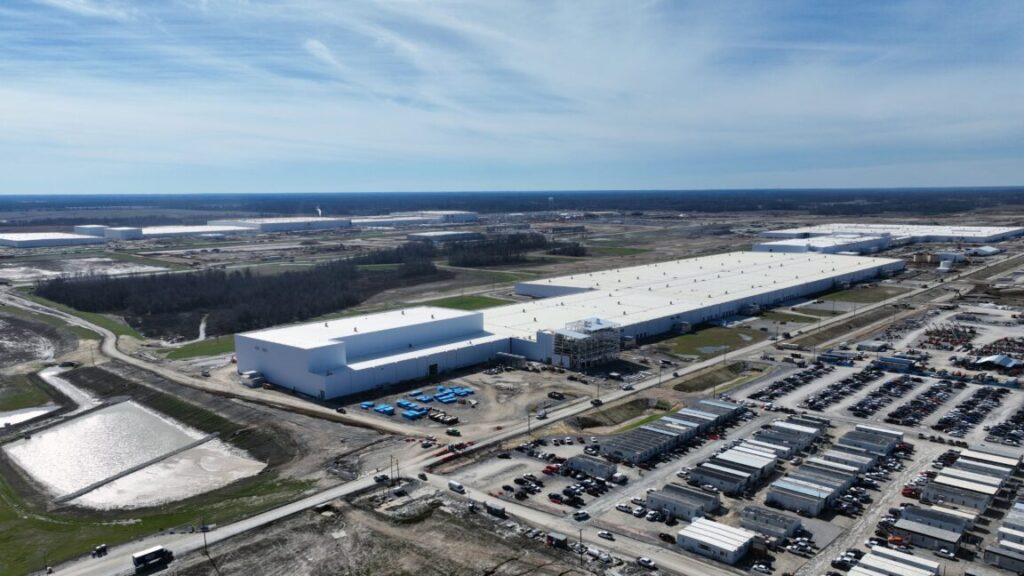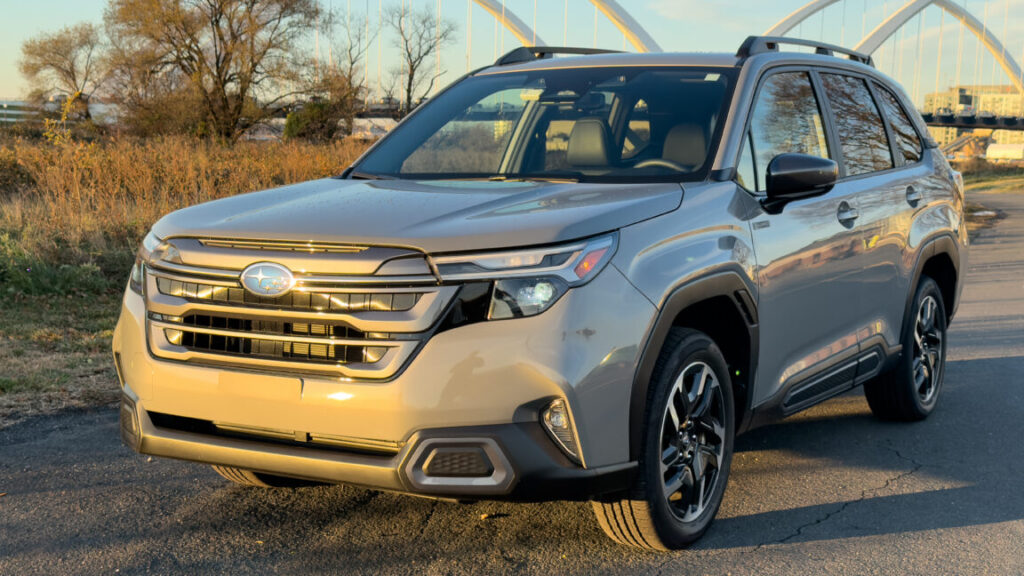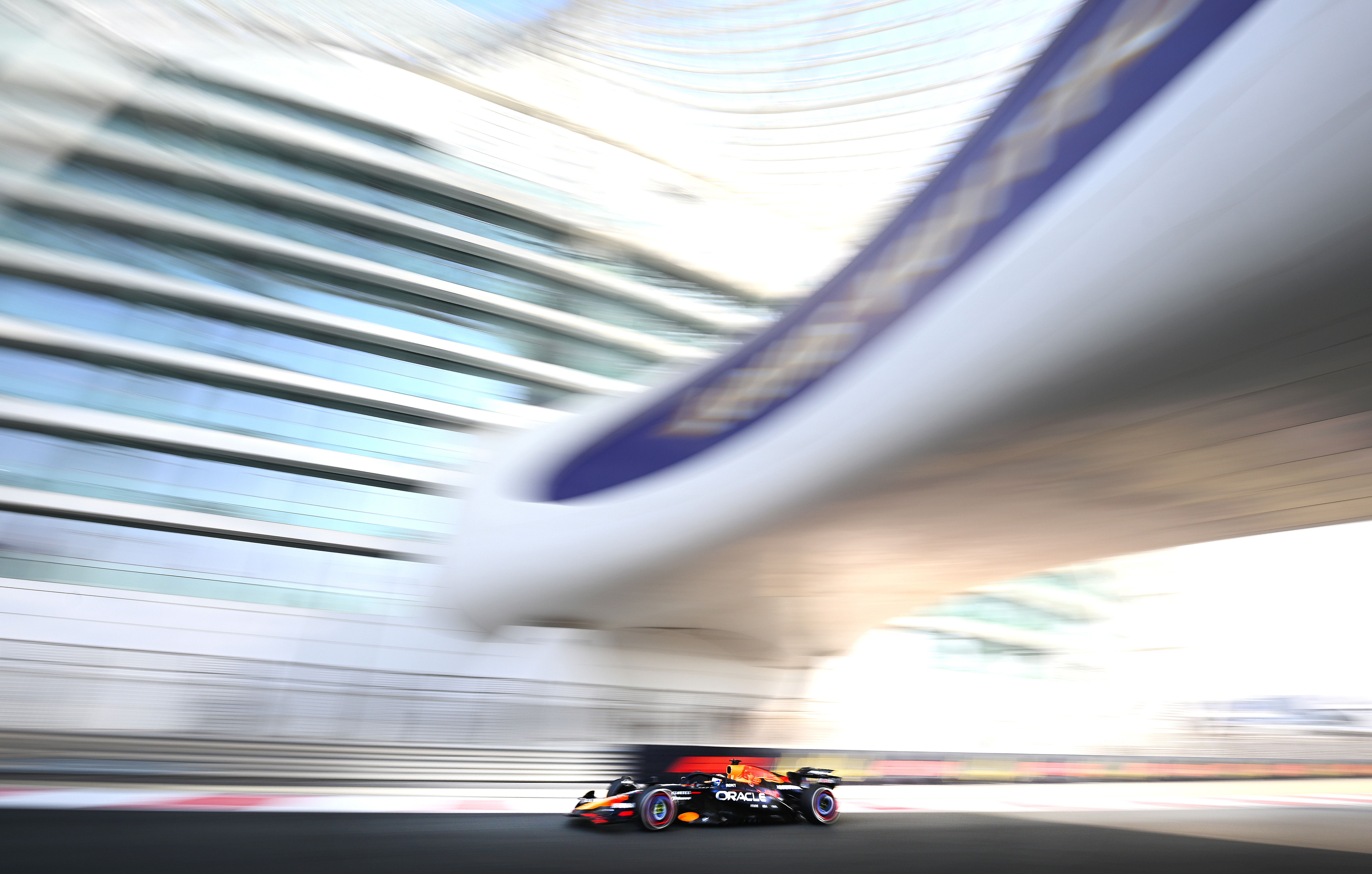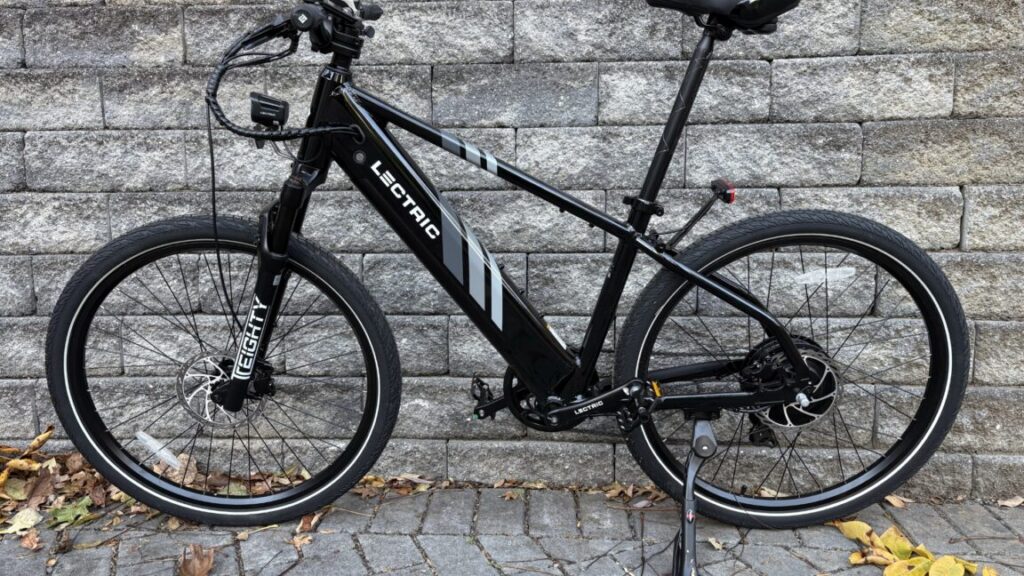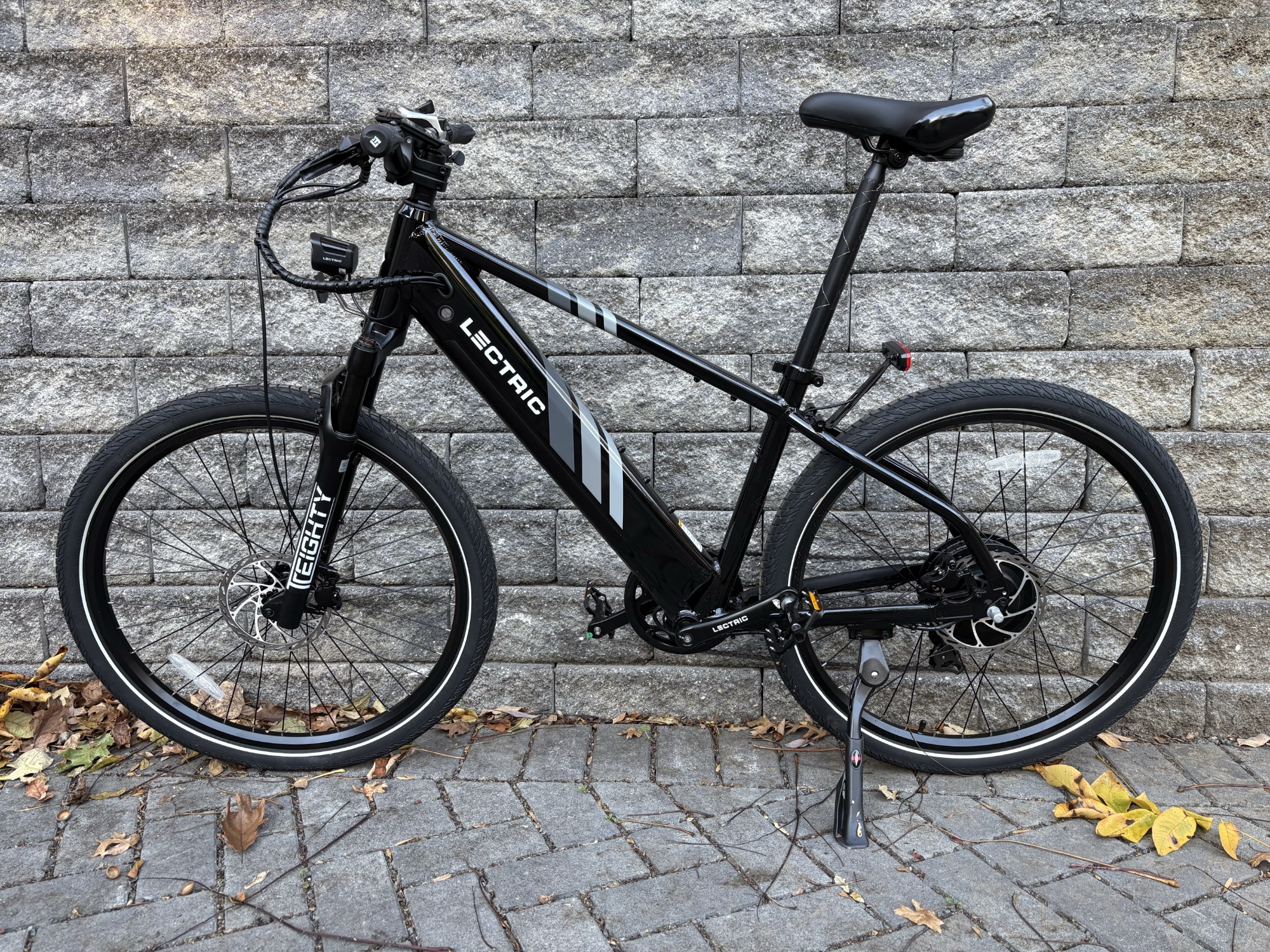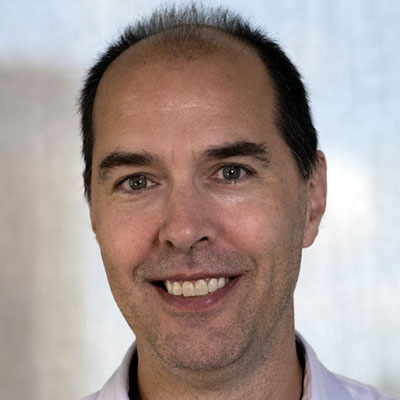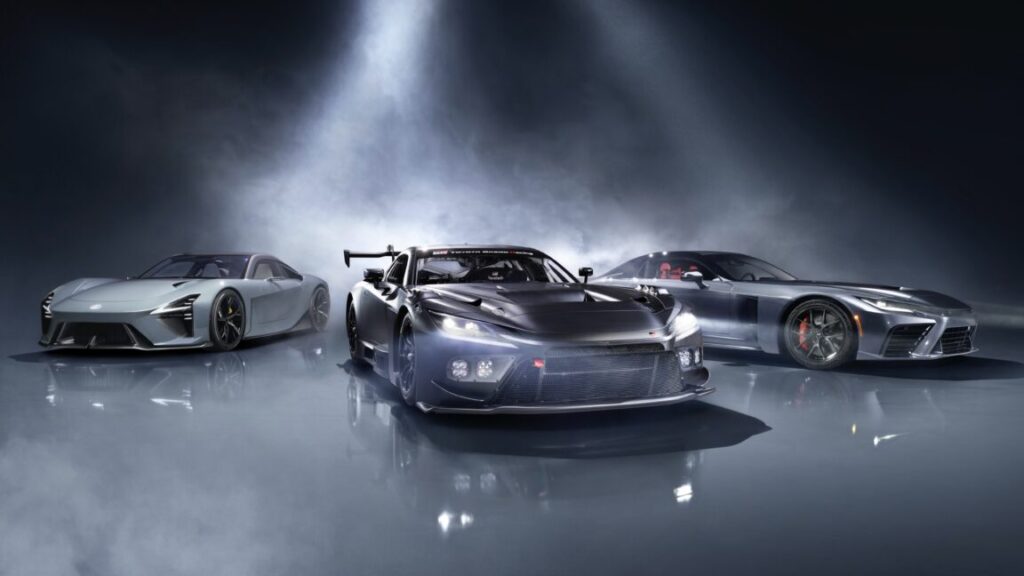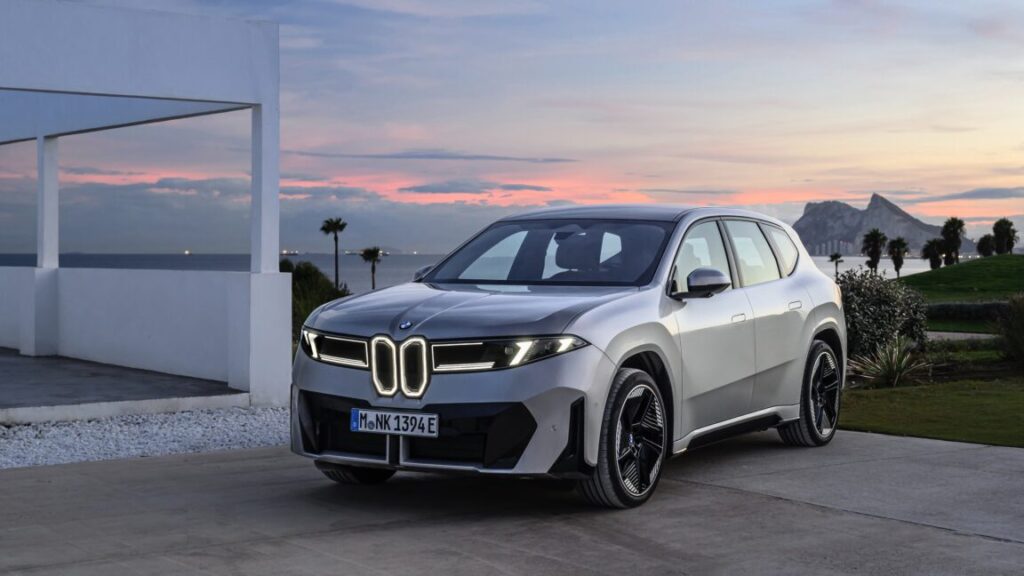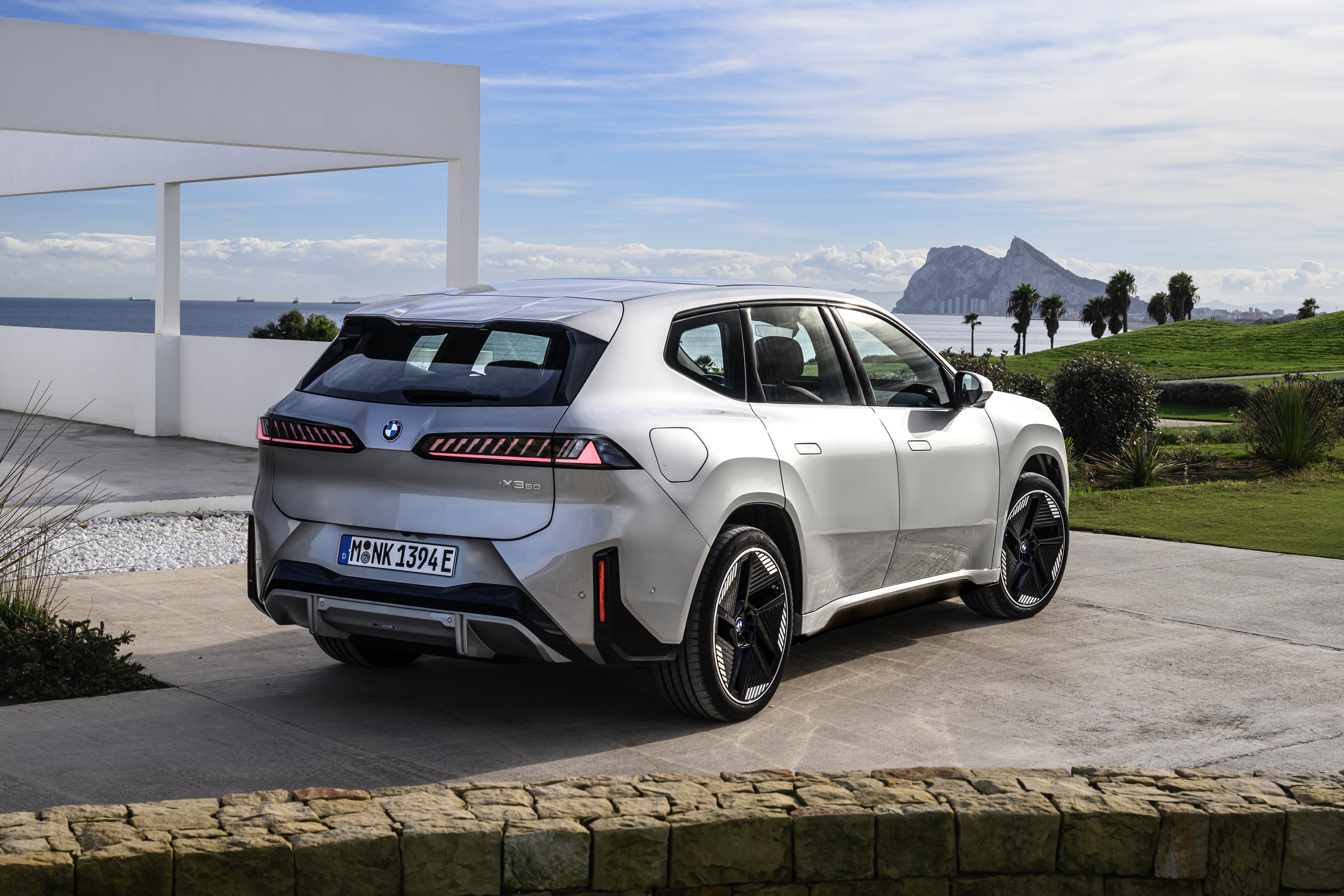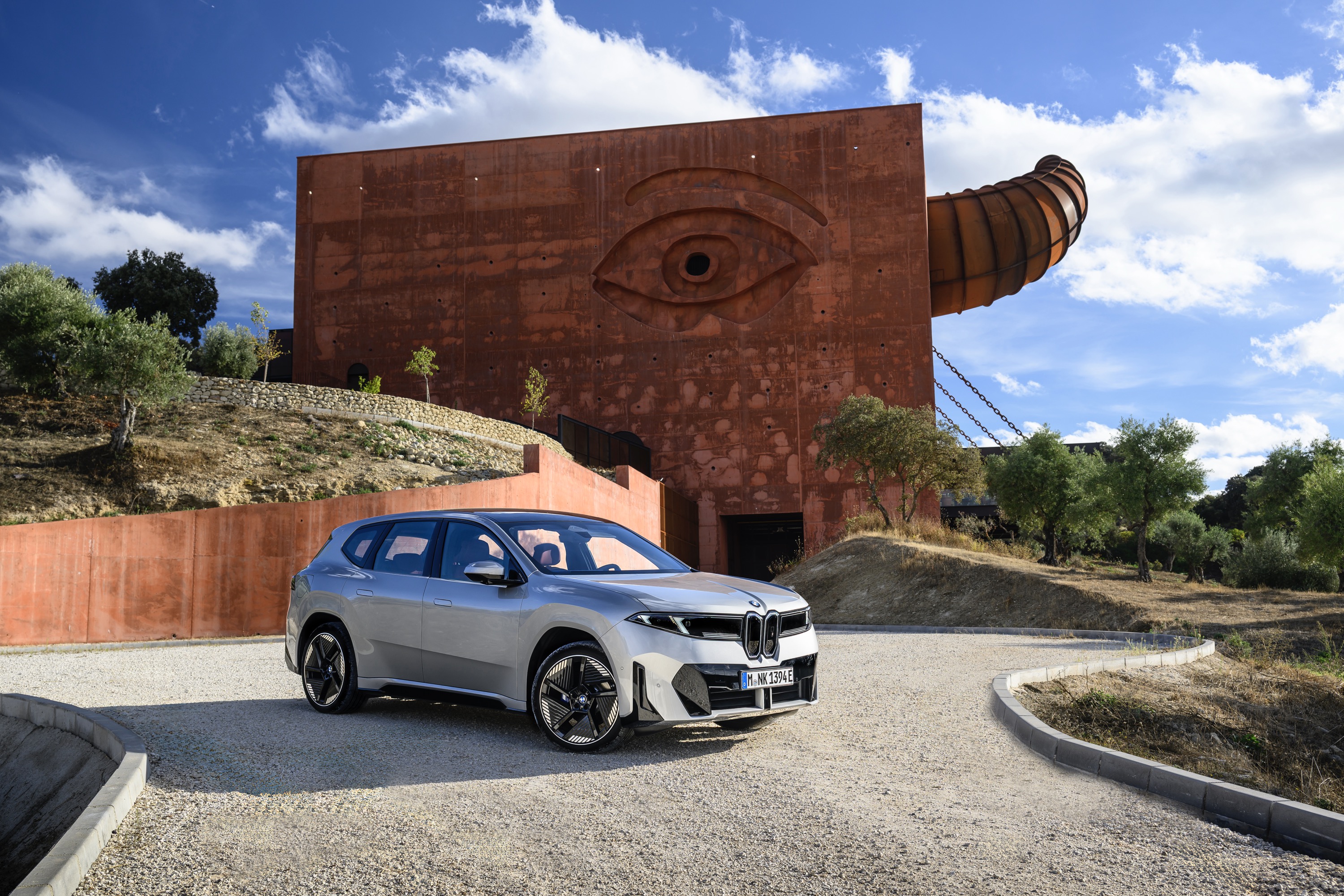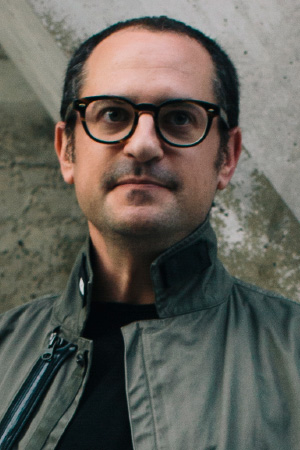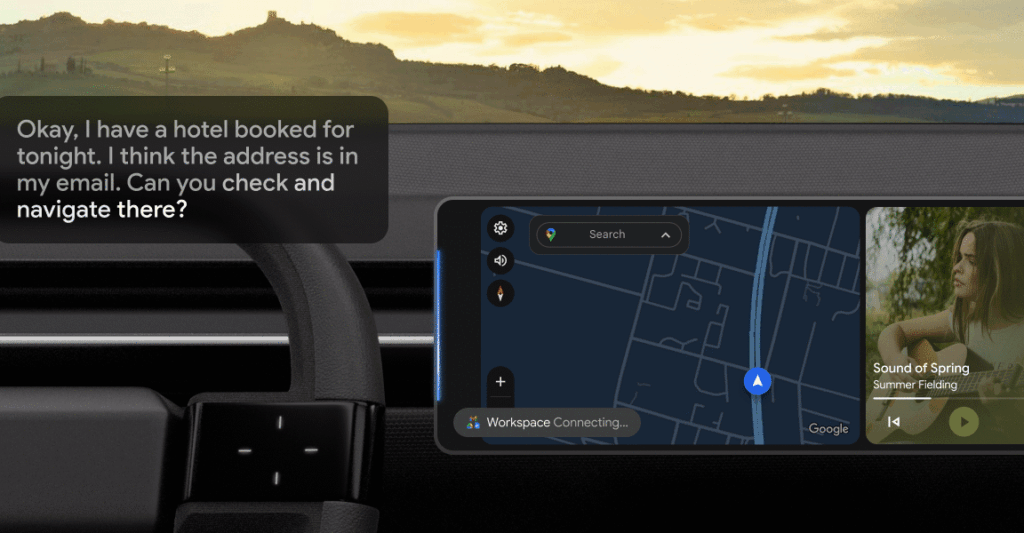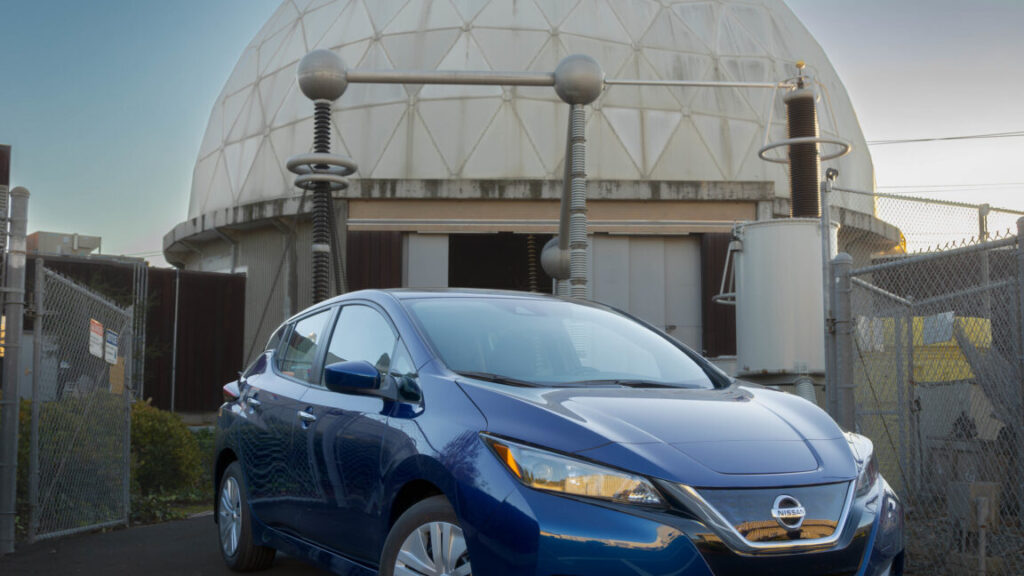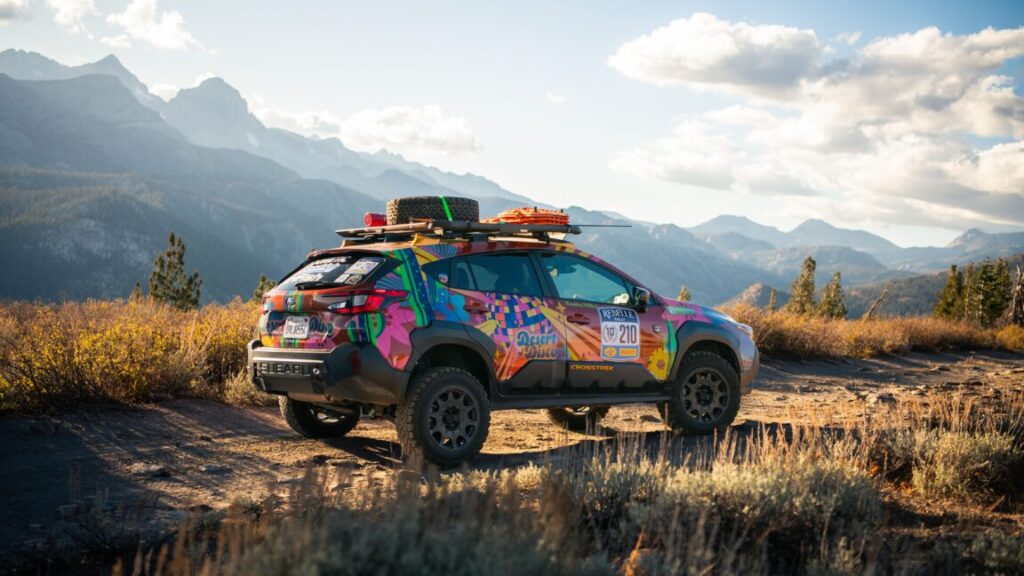Gazelle’s Arroyo offers a belt drive, continuous variable transmission
A little while back, we took a look at a large cargo bike from Urban Arrow that had some interesting features: a drive train that sported continuous variable gearing and a belt drive. But it was difficult to get a feel for what using that drivetrain was like when it was being used to shift a large and extremely heavy cargo bike. So, I jumped at the opportunity when Urban Arrow’s sister company, Gazelle, offered a chance to ride one of its new Arroyo models, which feature the same drivetrain, but this time coupled to a fairly standard commuter bike.
Getting rid of all the weight and bulk really allowed the drive system to shine. And, as with its cargo-carrying cousin, the bike is filled with thoughtful touches and design decisions that make riding it a pleasure. But all that comes at a cost: This is a premium bike with little in the way of compromises, and it’s priced accordingly.
High-end hardware
The Arroyo line is meant for commuters and urban/suburban riding. It has a step-through frame, a large rack, fenders, and its riding stance is very upright. In keeping with its Dutch heritage, it’s meant to be ridden as a bicycle, rather than a bike-like scooter. There’s no throttle to let you avoid pedaling, and even when it’s set to its maximum assist rating, you’ll end up putting in a reasonable amount of effort during the ride. If you’re looking for something that lets you handle a commute in hot weather without sweating, you’ll probably want to look elsewhere.
Gazelle offers three versions of the Arroyo, with the low end having a traditional chain drive and a lower-powered electric assist for $3,000. We looked at the top-of-the-range C380 Elite, which tacks an extra $1,500 onto the price but gets you a more powerful Bosch motor (75 Nm of torque), a better display, and the belt drive. The motor itself is a mid-drive with a torque sensor, a configuration that tends to provide the best performance.
Gazelle’s Arroyo offers a belt drive, continuous variable transmission Read More »
